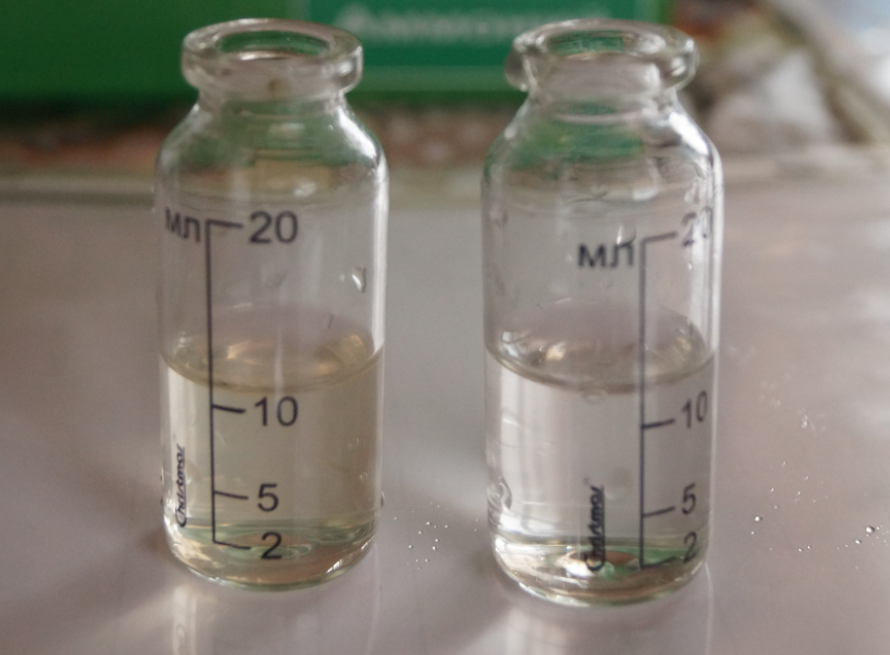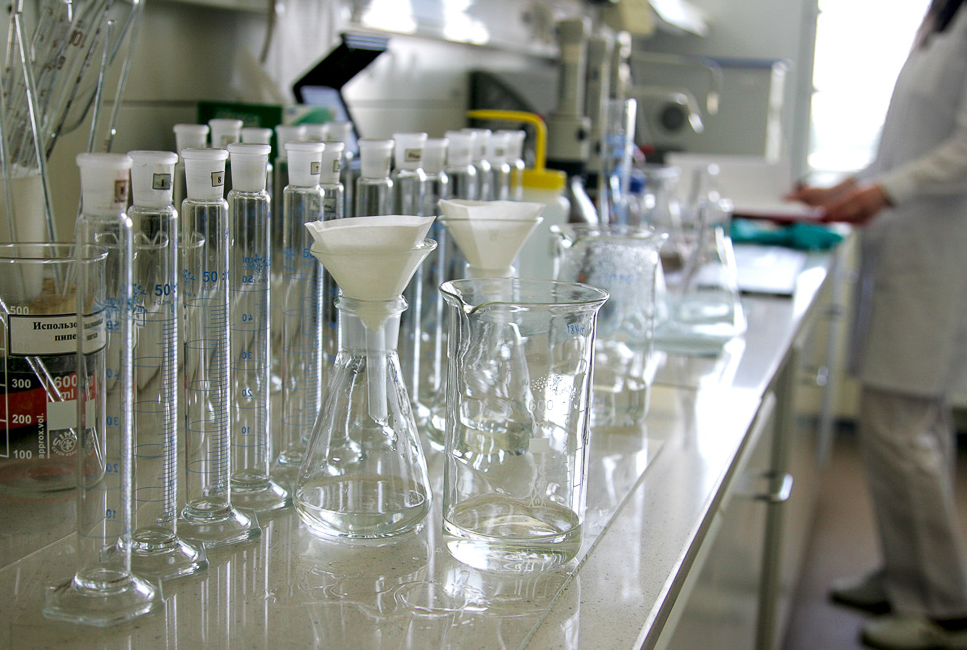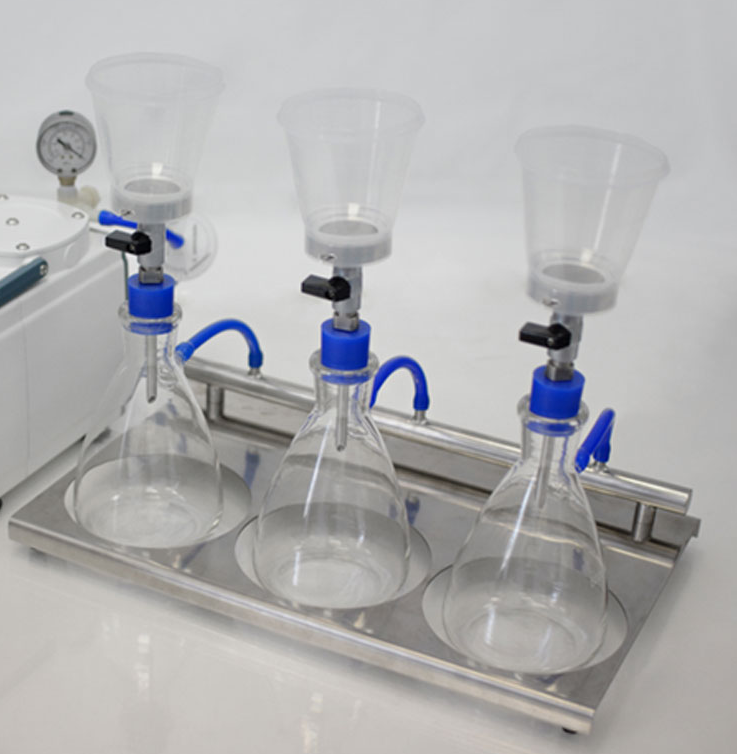Filtering can be used in water quality testing to separate the interfering particles in the water sample. Especially when using colorimetry or water quality detectors with colorimeters, the use of porous media to keep the particles on the filter paper can effectively remove the factors. The influence of turbidity on water quality test results. However, the method selected when filtering and the filter material used can all have an impact on the effect. Therefore, only by mastering the relevant filtration methods can the water quality test results be better guaranteed. Today we will introduce two commonly used filtration methods for water quality testing.

Atmospheric filtration method for water quality samples
The normal pressure filtration method is used in many water quality inspection operations. The advantage of this method is that the operation is very simple and the required items are very few. Normal pressure filtration is generally suitable for filtering water samples containing fine particles. During the operation, the filtration rate will increase with the increase of the liquid volume in the funnel cone. But one thing needs to be paid attention to, the volume of liquid in the cone must not exceed 3/4 of the total volume of the cone. Otherwise, there is a risk of overflow.
In addition, everyone needs to pay attention to the analysis of heavy metals in water, which usually requires acid and heating for pretreatment. Therefore, you must pay attention to the selection of filtering materials, and try to choose a filtering device that can withstand this kind of water. We generally recommend the use of glass fiber filter paper, so as to avoid acid corrosion of the filter material.

Instruments used in atmospheric filtration
1. a measuring cylinder
2. Funnel
3. Filter paper
4. Erlenmeyer flask
Steps of atmospheric filtration method
1. Place the folded filter paper in the funnel according to the operating regulations.
2. Moisten the filter paper with laboratory-grade pure water so that it can fit tightly on the funnel wall.
3. Put the funnel into the prepared measuring cylinder.
4. Slowly pour the prepared water quality filter sample.
Vacuum filtration of water samples
Vacuum filtration is also one of the commonly used methods in the water quality inspection operation. It uses two methods of air extraction and gravity. The liquid passes through the filter paper to achieve the effect of filtering impurities. Because the principle of using a vacuum pump to extract the air in the bottle, This method is much faster than atmospheric filtration.

Instruments used in vacuum method
1. Filter
2. Filter bottle
3. Manual or electric vacuum pump
4.Glass fiber filter paper
Vacuum filtration method steps
1. Use tools to evenly place the glass fiber filter paper on the filter, and wet it with laboratory first-grade pure water, so that it can be tightly attached to the funnel wall.
2. Place the funnel cover on the filter in accordance with the relevant operating requirements.
3. Turn on the vacuum pump and slowly pour the filtered water sample into the funnel while pumping air to the filter bottle.
4. Then slowly release the vacuum in the filter bottle, and transfer the filtered water sample in the bottle to another storage container.
The above are the two filtering methods commonly used in water quality testing



